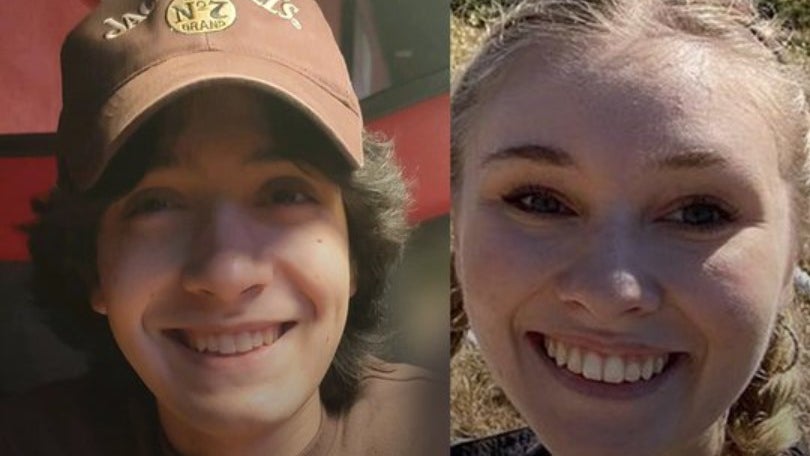A stampede in Seoul has claimed the lives of more than 150 people, most of them young celebrants.
South Korea was in mourning Monday after a Halloween celebration in Seoul claimed the lives of more than 150 mostly young people after a crowd surge slammed celebrants into a narrow alley, authorities said.
At least 130 people were injured, some critically, and officials said they feared the death toll may rise in the coming days.
Among those crushed to death were two American students and South Korean actor Lee Ji-han, 24, best known as a contestant on the reality talent show "Produce 101."
Americans Killed in South Korea Crowd Surge Identified
Americans Anne Gieske and Steven Blesi were among the dead. Both were students studying abroad.
Blesi was a Kennesaw State University junior from Georgia and had just begun his studies two months ago.
He was passionate about international business and wanted to become multilingual and work in East Asia, his family said.
Blesi's anguished father Steve Blesi told The New York Times that learning of his son's death "was like it stabbed like a hundred million times simultaneously.” “It was like your world just collapsing. It was numb and devastating all at the same time," he said.
Gieske was a 20-year-old University of Kentucky nursing student who had just celebrated her birthday on Oct. 28.
“The University of Kentucky community is grieving the tragic loss of one of our students, Anne Gieske, who was studying abroad in Seoul, South Korea, and was killed in this weekend’s tragedy,” wrote president Eli Capilouto.“We have been in contact with her family and will provide whatever support we can—now and in the days ahead—as they cope with this indescribable loss.”
The World Reacts to South Korea Crowd Surge and Asks How Could This Happen?
Saturday's tragedy stunned the East Asian country and drew an outpouring of condolences from international leaders including U.S. President Joe Biden and Britain's King Charles. More than a dozen embassies around the globe have said victims were from their countries.
Some 100,000 people, most of them teenagers and people in their 20s, attended the celebration in the nightlife district of Itaewon. What caused the surge is not yet clear, but witnesses and authorities said panic erupted as celebrants became trapped in a tight alley.
Emergency workers performed CPR in the street, surrounded by crumped bodies. President Yoon Suk Yeol declared a period of national mourning as the country struggled to cope with the deaths.
“When we arrived, we were only able to see seven, eight — no, 10— rows of faces, we couldn’t even see their legs,” a first responder told CNN.
Emergency workers first rescued those at the bottom of piles of people because “we thought they were most urgent," the first responder said. "When we were pulling them out, they were becoming delirious. And when we laid them (down), most of them were unconscious,” he said.
The South Korean president said government officials would “conduct emergency inspections not only for Halloween events but also for local festivals and thoroughly manage them so they are conducted in an orderly and safe manner.”
Some questioned why authorities didn't better control surging crowds at the annual Halloween festival, a hugely popular event that had been cancelled in recent years because of the COVID-19 pandemic.
What Is a Crowd Surge?
A crowd surge, or crowd crush, is a powerful and sudden movement some would liken to the sensation of being moved by waves or the ocean tide. It occurs when too many people are packed closely in a confined pace and something causes the crowd to shift or move, sometimes in the form of someone falling down, or in other instances, pushing from the back of a crowd toward the front. When a crowd surge or crush occurs, people are pushing into each other from various points, making it hard to breath because people need space for their lungs to expand.
It takes about six minutes to go into compressive or restrictive asphyxia, which is the probable cause of death for people who die in crowd crush, G. Keith Still, a crowd safety expert and visiting professor of crowd science at the University of Suffolk in England, told The Washington Post.
People die standing and those who fall in the chaos can also be killed because the bodies on top of them exert pressure that can make breathing impossible.
“As people struggle to get up, arms and legs get twisted together. Blood supply starts to be reduced to the brain,” Still told NPR last year after a crowd surge at Astroworld killed 10 people.
A crowd surge can be described as drowning, but in a sea of people instead of water.
Related Stories






